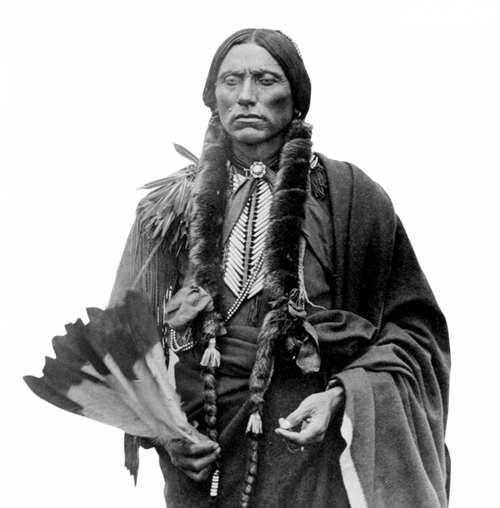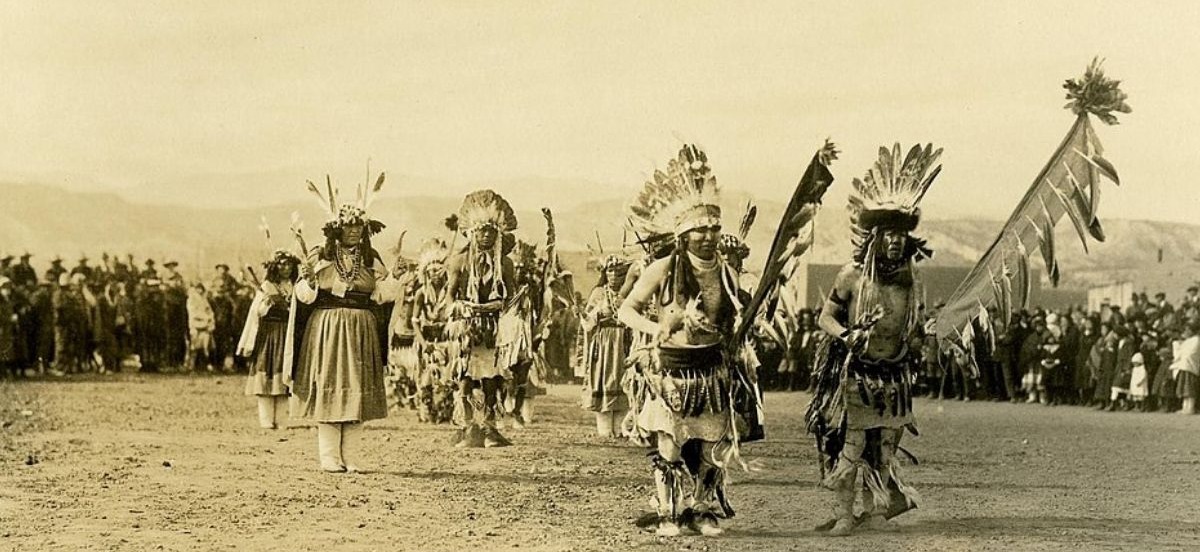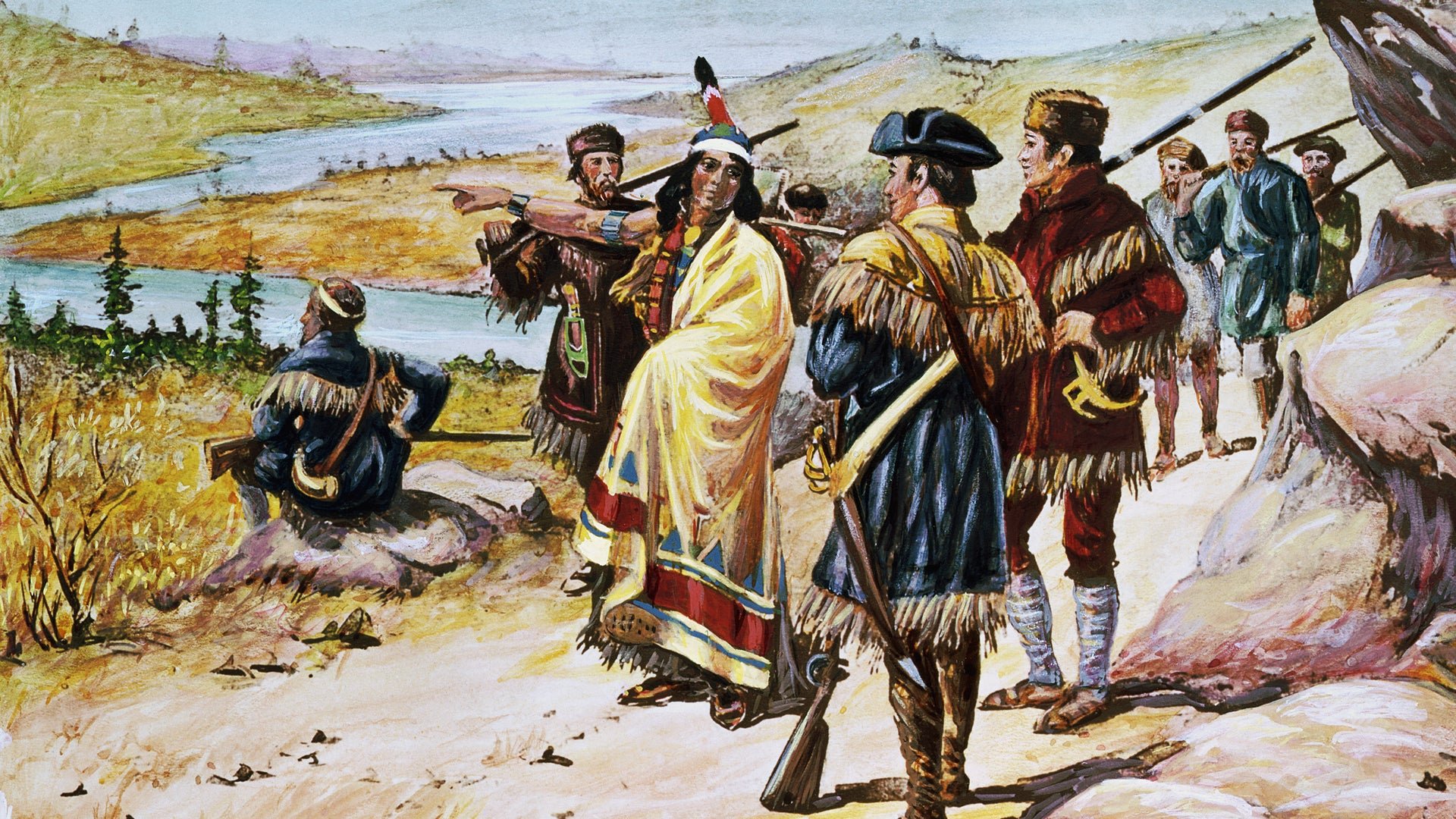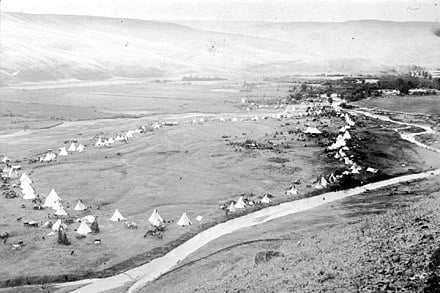Nov 5, 2023 | Native Hope
The Comanche Nation has a history of fiercely defending its territory and challenging the encroachment of settlers. As one of the most renowned and warlike tribes in history, they struck fear in the hearts of anyone who approached their land. However, they have as rich and diverse history and culture as any other Native American tribe.
Comanche History
Where Did the Comanche Live?
The Comanche Tribe was originally part of the Wyoming Shoshone. The Comanche’s historical territory was often referred to as Comancheria. Their migration brought the tribe to the Southern Great Plains, with the earliest records of the Comanche appearing in Spanish references in 1706. Throughout the 18th and 19th centuries, they lived in northwestern Texas and areas in New Mexico, Colorado, Kansas, and Oklahoma. Peace was made with the Kiowa in the early 1800s, and they lived within this territory and would camp together with the Comanche. To the North were the Cheyenne and the Arapaho; to the south were the Karankawa and the Pueblos. To the west were the Apache, Navajo, and Ute tribes, and to the East were the Wichita, Caddo, and Tonkawa. To enter this land without an invitation was considered an act of war, and the Comanche responded as such.
Defending Comanche Territory: Raids and Battles
The Comanche fiercely defended their territory, confronting all threats to their land. They were uncompromising and relentless. When European Americans or other Native American tribes encroached on the Comanche battles ensued, and settlements were raided. The Comanche were experts in fighting on horseback. They drove some Native bands, like the Apache, off their territory and were at war with nearly every nearby tribe at some point. Comanche raids into Mexico usually took place under a full moon, so the Comanche could see what they were doing under the moonlight. Attacks in this fashion led to the term “Comanche Moon.”
Warfare was a significant part of life, and the Comanche Natives were known to significantly torture their adversaries during times of war and raids. However, if an individual expressed bravery in the face of death, the Comanche viewed them with honor. There are documented instances where some individuals were even released. When Comanche Natives took captives during warfare, many assimilated into the Comanche way of life. Even with an opportunity to return home to family, many captives, in turn, decided to remain living with the Comanche.

Comanche's Relationship to Settlers
American settlers and Comanche had an ambiguous relationship at best. Comanche territory was positioned between land claimed by Spain in the Southwest and France in Louisiana. Comanche Natives were valued trade partners with some settlers and raided other groups of colonizers. They had a better relationship with the French, with whom they traded buffalo hides for guns, but maintained a relationship with the Spanish whom they traded prisoners of war for horses.
With the purchase of the Louisiana Territory and later gold being discovered in California, this brought continued shifts in settlers. This disrupted the migration of the buffalo herd and brought many diseases to the tribes. The population of the Comanche was decimated from 20,000 to just a few thousand in the 1870s.
The Treaty of Medicine Lodge
Post-civil war, there was increased contact between those looking to expand settlements westward and the tribes. Conflict continued, and the Medicine Lodge Treaty was proposed to mitigate these conflicts. The treaty offered a 2.9 million-acre tract of guaranteed native territory to the Comanche and the Kiowa. This was to include the implements for farming and building of houses and schools and permission to continue hunting buffalo. This treaty would transition the Comanche from a lifestyle of nomadism to a sedentary life of farming. Even though this was not an agreement the tribe wished to pursue, the continued warfare, loss of food sources, and the onslaught of diseases continued to diminish the Comanche population and alter their only known lifestyle.
The treaty was signed on October 21, 1867. However, many articles were not honored by the United States Government or the Tribes. This led to political discord between the House of Representatives and the Senate, and by 1871, it ultimately ended any further treaty negotiations. During this time, inadequate rations were delayed. Sickness and starvation continued, as did the Comanche’s raids and taking of captives to address the tribe’s resistance and their starvation.
The Medicine Lodge Treaty marked a shift in political thought and movement away from genocide to ethnocide. This brought forth the years of mandatory boarding schools, language suppression, and bans on religious practices. Leading to a demonstration of further resiliency of the American Indians who lived through the times of those policies.
Comanche Culture
Life in the Comanche Tribes
The Comanche formed “local bands” and “villages” of related extended families that regularly lived and traveled together. There were five major bands who played important roles in Comanche history:
- Penateka (Honey Eaters)
- Nokoni (Those Who Turn Back)
- Kotsoteka (Buffalo Eaters)
- Yamparikas (Yap-Eaters)
- Quahadis (Antelopes)
Each of these bands lived in different areas of the US and played an essential role in America’s history. These bands were fluid and would coalesce and break apart depending on the needs and goals of their members. The heads of these core families were called Paraivo. Divisions in these bands took place at the regional levels, with groups that shared common political interests joining together. The Comanche political structure was marked by its flexibility of the organization, as members could move between these divisions as they wanted.

Comanche Laws and Disputes
Traditional Comanche law-ways distinguished between the private/domestic sphere and the public sphere. Most private disputes were settled between the affected parties without involving the rest of the tribe. In the event the private matters became public and political the chief would step in to help settle disputes. Tribal decisions were made by a council of chiefs who were presided over by the head civil chief, but individuals were not bound to accept council decisions. Comanche society permitted great individual freedom, and that autonomy created complications in relations among themselves, other tribes and the Europeans.
Communal hunting, intertribal trade, and peacemaking were public and community matters. These issues could be discussed and debated at informal gatherings called “smoke lodges” and more formal councils.
Comanche Defined by Horses
The Comanche way of life was most clearly defined by horses. Horses gave the Comanche mobility to follow the buffalo herds, the advantage of hunting them and conducting warfare from horseback. The Comanche were skilled horsemen who were able to throw spears and shoot arrows from their horse's backs or from under their bellies. Horses became a measure of Comanche's wealth and were a valuable trade commodity for them. Children learned to ride at an early age. In horsemanship skills, Comanche men and women had no equal, their children learned to ride at an early age, and kindness was consistently utilized when training their horses.
Comanche Food: Dependence on Buffalo
Buffalo products were the core of the Comanche economy and way of life. These products included robes, tepee covers, thread, water carriers, and other goods. The tepees Comanche called home were plains-type tepees made from tanned buffalo hide stretched over sixteen to eighteen lodge poles.
Comanche clothing was made from bison hide or buckskin and included breechclout, leggings, and moccasins for men. Women wore fringed skirts, poncho-style blouses, leggings, and moccasins. In the winter, buffalo robes provided much-needed protection from the cold weather.
The food Comanche ate mostly consisted of buffalo, but it also included wild roots, fruits, and nuts. Produce was secured by trading with neighboring tribes who specialized in agriculture, like the Wichita, Pueblo, and Caddo groups.
Comanche Women and Children
The Comanche society is a polygamous culture where one or more women may take part in gathering and cooking for one man. The women were charged with raising the children and tending to the home. This included the setting up and taking down of the teepees when it was time to move to another location. Young girls learned these same skills, while boys, once old enough, took after their fathers, learning to hunt and fight.
When a new baby was born, it would be swaddled and remain with the mother for a few days in the tepee with a midwife. Then, the baby was placed in a cradleboard so the mother could work while caring for the baby. The cradleboard could remain strapped to the mother or be propped against a nearby tree.
Comanche Language
The Comanche spoke a Shoshonean dialect of the Uto-Aztecan language family, it was similar to Ute and Paiute languages. The Comanche language was once spoken across the southern plains and was referred to as the “court language of the plains” because of its wide use and the many who understood it. This was also the language utilized by the “Code Talkers” during World War II because it was a language the Japanese could not understand. However, the number of speakers has declined over the years. There are two Comanche language dictionaries in print today.
Numu Tekwapuha Nomnekatu, the Comanche Language and Cultural Preservation Committee, has worked to reestablish knowledge of the Comanche language through books. There are also several story texts and hymnals published in this language.
Famous Comanche
Charles Chibitty (1921-2005) was a code talker in WWII. Code talkers helped to turn the tide of the war, as enemy interceptors couldn’t understand their communication.
LaDonna Harris (b. 1931) is a political activist and founder of Americans for Indian Opportunity. This non-profit organization seeks to advance, from an Indigenous worldview, the cultural, political, and economic rights of Indigenous peoples in the United States and worldwide.
Modern-Day Comanche
Today, the Comanche live mostly in Southwest Oklahoma. The tribe has about 17,000 enrolled members and around 7,000 residing in the tribal jurisdiction area around Lawton Ft. Sill and other counties in Oklahoma.
This tribe still celebrates its vibrant culture and legacy today.
Want to learn more about Native American history?
Grab our guide, Reflecting on Our Foundations, to learn about:
- Different tribes and where they lived
- Native American values and spirituality
- How learning and culture were passed down through generations
- How colonization impacted and disrupted Native American life
- And much more!






COMMENTS